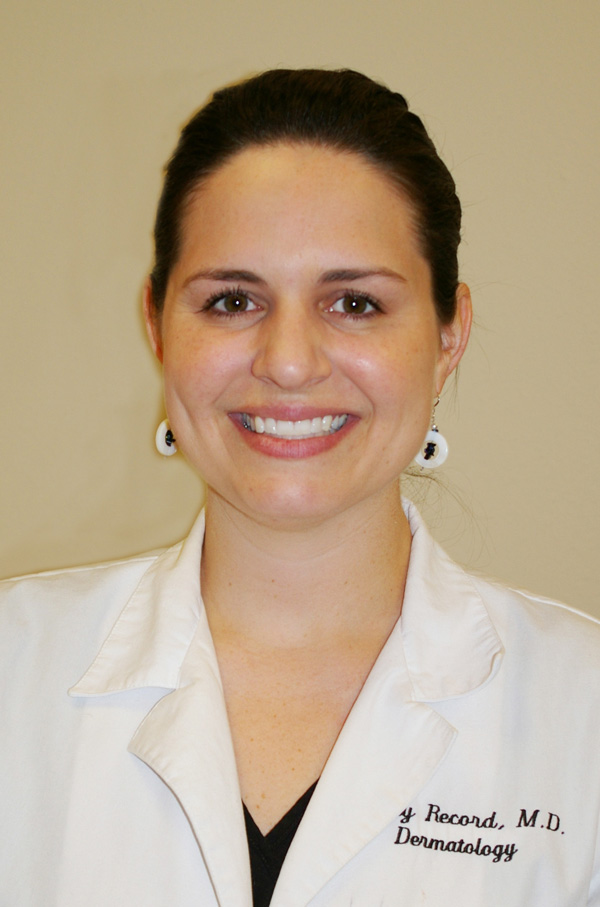Community
This Summer, Make Skin Cancer Awareness & Prevention a Priority
By Ashley Record, MD; Provided courtesy of Lane Regional Medical Center
National Skin Cancer Awareness Month is observed nationwide each May in an effort to educate the public about the dangers of skin cancer. Despite widespread warnings of the risks associated with unprotected sun exposure, approximately two million people will be diagnosed with skin cancer this year. About 68,000 of these cases will be melanoma, the most serious type of skin cancer.
“The annual rates of all forms of skin cancer are increasing each year, representing a growing public health concern,” says Ashley Record, MD. “It has been estimated that nearly half of all Americans who live to age 65 will develop skin cancer at least once in their lives.”
There are three main types of skin cancer: non-melanoma basal cell carcinoma, non-melanoma squamous cell carcinoma, and melanoma.
Non-melanoma basal cell carcinoma and non-melanoma squamous cell carcinoma are usually found on sun-exposed areas of the body, such as the face, ears, neck, lips and back of the hands. They typically don’t spread to other parts of the body and have a high likelihood of being cured if detected and treated early.
Melanoma is much more serious and is the most common type of skin cancer among young adults. Originating in the melanocytes – the cells that produce skin coloring and pigmentation – melanoma is often below the surface and, therefore, more difficult to detect and diagnose. Malignant melanoma accounts for about 8,700 of the 11,790 skin cancer-related deaths each year.
According to the American Cancer Society, skin cancer is often curable, if caught and treated in its early stages. Its symptoms include:
- Any change in size or color of a mole or other dark growth or spot;
- Any new skin growth;
- Scaliness, oozing, bleeding or change in the overall appearance of a bump or nodule;
- Spread of pigmentation beyond a growth’s border, such as dark coloring that spread the edge of a mole or mark;
- A change in sensation, itchiness, tenderness or pain of a growth or spot.
Although unprotected sun exposure has been strongly linked to skin cancer, the American Cancer Society suggests these other skin cancer risk factors:
- Unprotected and/or excessive exposure to ultraviolet (UV) radiation, such as that used in a tanning bed;
- Occupational exposures to coal tar, pitch, creosote, arsenic compounds or radium;
- Fair complexion;
- Family history;
- Multiple or atypical moles; and
- A history of severe sunburns.
“An awareness of risk factors, coupled with regular skin exams, can greatly reduce your chances of developing skin cancer,” says Dr. Record. “And if you have a suspicious-looking mark or mole, talk to your doctor sooner rather than later. It’s better to be overly cautious than to ignore a potential problem.”
Dr. Record suggests these tips for helping prevent skin cancer:
- Avoid prolonged sun exposure, especially between 10 a.m. and 4 p.m.
- Use SPF 15+ sunscreen every day.
- When going outside for extended periods, reapply sunscreen every two hours and cover up, including a broad-rimmed hat and UV-blocking clothing and sunglasses, whenever possible.
- Keep newborns out of the sun. Sunscreens should only be used on babies over the age of six months.
- Examine your skin from head-to-toe every month, and see your physician for a professional skin exam every year.
For more information or to schedule an appointment with Dr. Record, call Advanced Dermatology at 654-1124.



0 comments